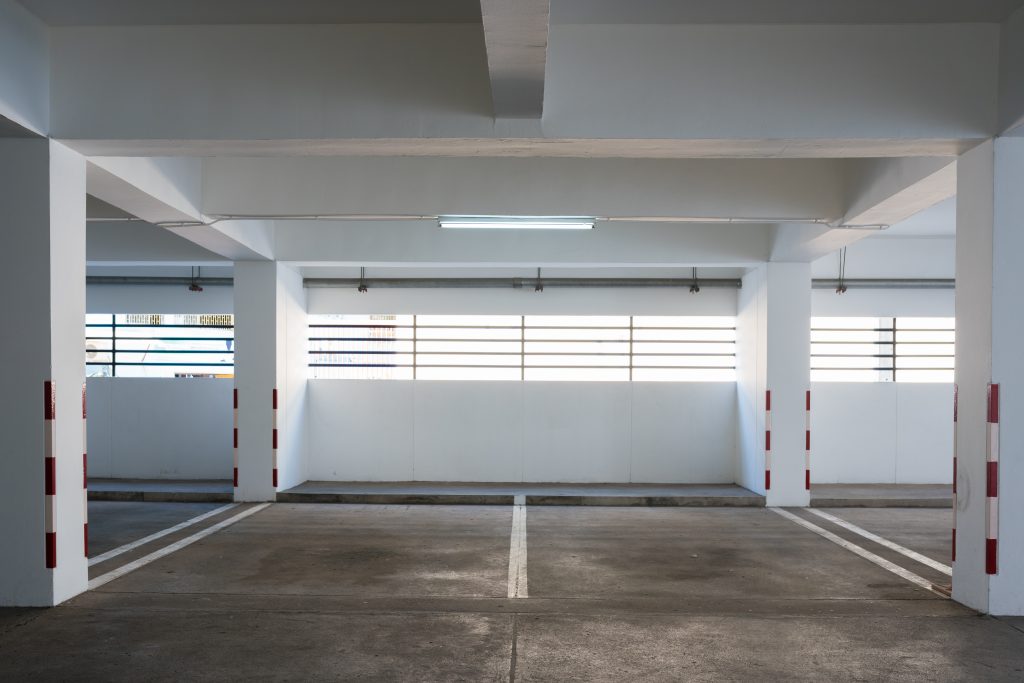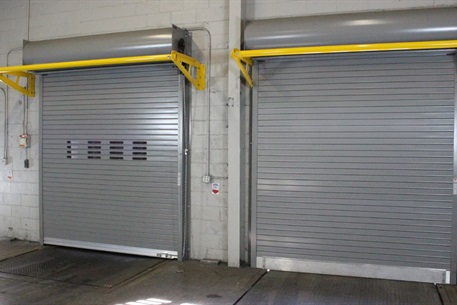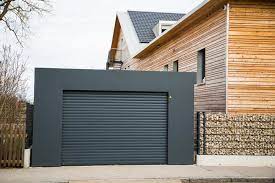Curious about the exact space required between your garage door and the ceiling for optimal functionality? You might be surprised to learn that the minimum distance can significantly impact the performance and longevity of your garage door system. Understanding this crucial measurement is essential for smooth operations and avoiding potential issues down the line. Stay tuned to uncover the key considerations and recommendations that will help you ensure the proper clearance between your garage door and ceiling, ultimately enhancing the efficiency of your garage setup.
Residential Garage Door Headroom Recommendations
For optimal functionality and smooth operation of your residential garage door, it is crucial to adhere to the recommended headroom measurements provided for your specific door size and type. Common mistakes in garage door installations often revolve around neglecting the necessary ceiling height required for proper operation. Ensure that your residential garage has a standard ceiling height of about 8 feet to accommodate the recommended headroom of 12 feet for manual doors and 15 feet for automatic ones.
During installation, it is essential to consider DIY solutions for adjusting the headroom if necessary. Installation tips include verifying the clearance space above the door to avoid any obstructions that could hinder the movement of the garage door. Safety precautions should be a top priority, especially when dealing with overhead components. By following these guidelines and ensuring the correct headroom measurements, you can prevent common mistakes, guarantee a smooth installation process, and maintain the safety and efficiency of your residential garage door.
Commercial Garage Headroom Standards
To ensure proper functionality and safety in commercial garages, understanding the recommended headroom standards is crucial for accommodating different door sizes and types. Warehouse headroom regulations typically suggest a minimum clearance of 15 feet to 18 feet to provide ample space for maneuvering various types of commercial doors efficiently. Industrial ceiling height guidelines often align with these standards to ensure compatibility with heavy-duty doors commonly used in industrial settings. Commercial door clearance standards emphasize the importance of maintaining adequate headroom to facilitate smooth door operation within retail spaces, with minimum height requirements typically falling within the 15 to 18 feet range. Similarly, office building headroom specifications aim for a comfortable clearance to accommodate different types of commercial doors while ensuring a safe environment for occupants. Adhering to these commercial garage headroom standards is essential to promote operational efficiency and safety in diverse business settings.
Torsion Spring Headroom Requirements
When considering torsion spring headroom requirements for garage doors, it is crucial to understand the necessary space above the door for optimal functionality and durability. Torsion springs, known for their durability, require adequate spring clearance above the door for proper operation. Installation options for torsion springs include mounting them on the back of horizontal tracks to optimize space utilization. Creative solutions like low-headroom mounts can help address limited headroom scenarios, ensuring smooth door movement. Below is a table outlining the spring clearance and installation options for torsion springs:
| Spring Clearance | Installation Options | Space Utilization |
|---|---|---|
| 10-21 feet | Mounting on horizontal tracks | Optimal space usage |
| Additional 2-3 feet for automatic openers | Low-headroom mounts | Efficient headroom management |
Understanding and implementing the appropriate headroom requirements for torsion springs are essential for a well-functioning garage door system.
Low-Headroom Conversion Kits
Understanding the space limitations in your garage and how low-headroom conversion kits can help optimize headroom for your garage door installation is crucial for smooth operation. When dealing with low headroom, it’s essential to consider the ceiling clearance required for proper track installation. Low-headroom conversion kits are designed to maximize space optimization by utilizing double-channel tracks and specialized hardware components. The installation process for these kits involves mounting torsion springs on the back of horizontal tracks using low-headroom mounts, ensuring efficient operation within limited spaces. To achieve the minimum clearances of 4–7 feet necessary for low-headroom installations, precise measurements and adjustments during the installation process are crucial. By carefully following the installation guidelines and utilizing the appropriate hardware components, you can successfully convert your garage door to operate effectively in low-headroom conditions, allowing you to make the most of your available space.
Importance of Proper Headroom Clearance
Proper headroom clearance is crucial for ensuring seamless garage door operation and longevity. When considering the importance of headroom clearance, several key factors come into play:
- Ceiling height considerations: The height of your ceiling directly impacts the headroom needed for smooth garage door operation.
- Clearance measurement guidelines: Following precise measurement guidelines is essential to guarantee the right amount of space for the door.
- Door operation implications: Inadequate headroom can lead to door malfunctions and limit the door’s movement.
- Safety concerns: Insufficient headroom clearance poses safety risks and can result in accidents during door operation.
- Installation challenges: Proper headroom clearance is necessary for the correct installation of the garage door components, ensuring optimal functionality.
Dealing With Low Headroom Installations
To effectively address low headroom installations in your garage, consider the specialized hardware requirements for accommodating limited space above the door. Headroom challenges arise when there isn’t enough space for a standard garage door. To overcome this, space-saving solutions like dual-track systems are essential. Installation considerations for low headroom setups involve ensuring optimal clearance above the door. Ceiling height adjustments may be necessary to create sufficient space for the door to operate smoothly. When dealing with low headroom, it’s crucial to address these challenges proactively to avoid operational issues. By understanding the specific requirements for low headroom installations, you can optimize the space in your garage while maintaining the functionality of your garage door system. Make sure to consult with professionals to determine the best approach for your low headroom garage door installation.
Wall-Mounted Garage Door Openers
For efficient garage door operation in limited ceiling space, consider opting for wall-mounted openers as a space-saving solution.
- Ceiling clearance: Wall-mounted openers do not require specific headroom, offering flexibility in installation.
- Side mounting: These openers are mounted to the side of the garage door, freeing up overhead space.
- Overhead space: By eliminating the need for a rail track above the door, wall-mounted openers maximize overhead clearance.
- Storage solutions: With the saved space, explore creative storage ideas like cargo nets and ceiling lifts for efficient organization.
- Creative utilization: Transform your garage into a functional living space by utilizing wall-mounted openers to create additional rooms or lounge areas.
Wall-mounted openers, also known as jackshafts, provide a versatile solution for various ceiling types and configurations while offering the convenience of remote control operation. Consider these space-efficient openers for a practical and innovative approach to garage door automation.





